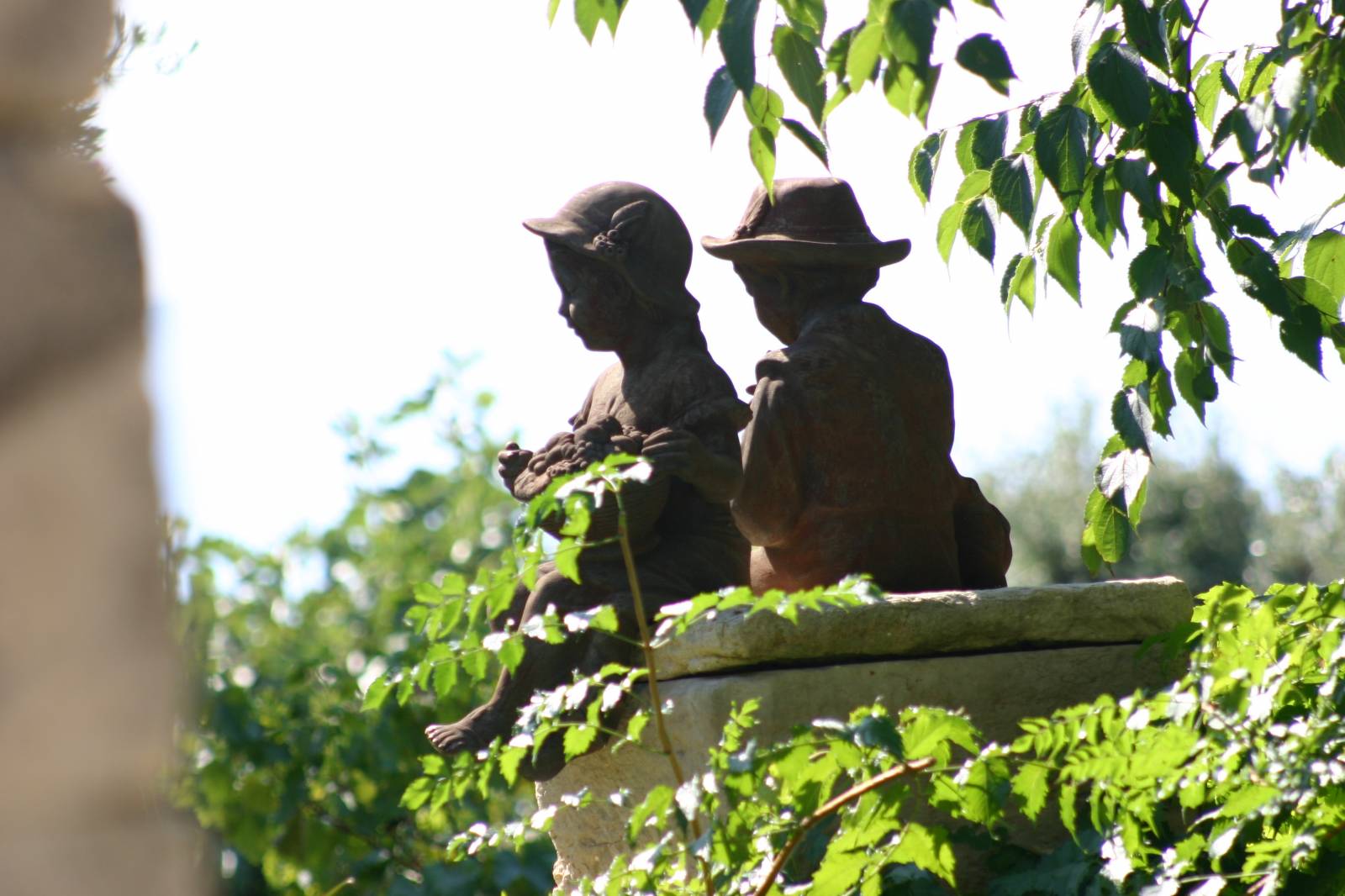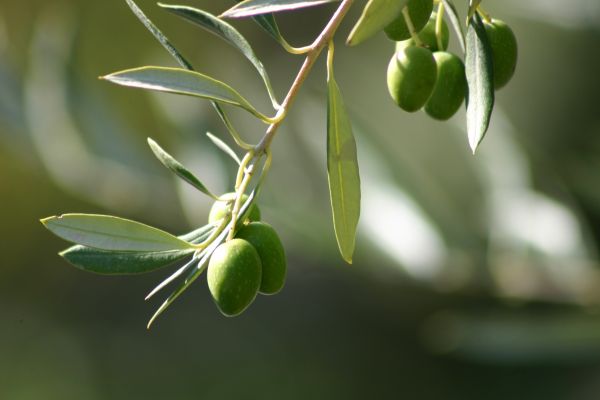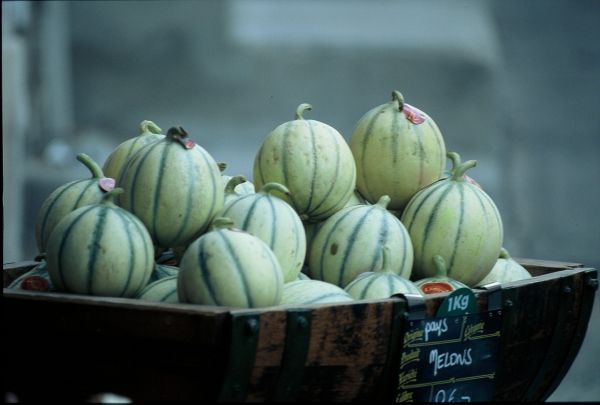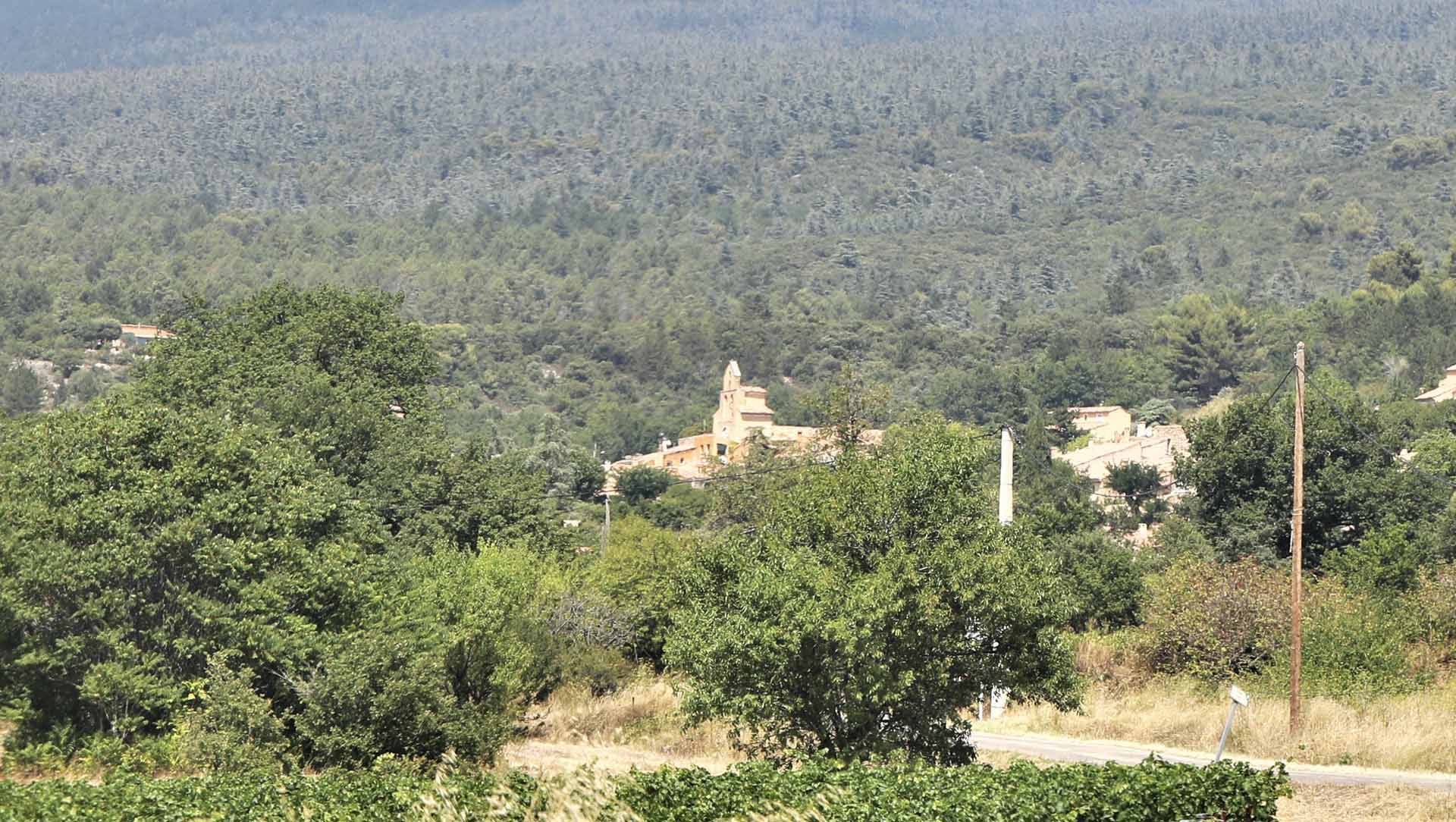Provence, a multicultural region
Provence #Architecture, #Culture, #Economie, #Gastronomie, #Histoire, #Patrimoine, #Tourisme,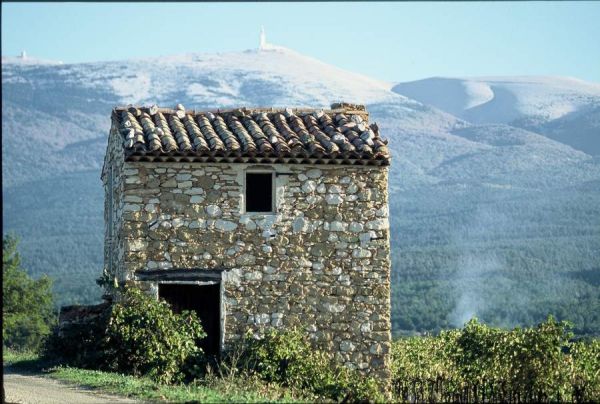
Provence geographically includes a large part of the Provence-Alpes-Côte-D'azur region. Originally an independent province and later linked to France, Provence brings together several stories and cultures.
Its borders have evolved over time and is currently borded by the Mediterranean Sea as well as the Alpes and, according to the Lou Tresor dou Felibrige dictionary (1878), where Frédéric Mistral has defined Aix-En-Provence as the emblematic capital which the Luberon is actually related.
Historically, Provence was designated in the 6th century as the "marquisate of Provence". It then became county of Provence, with Arles as its first capital, but the city suffered attacks by other counts, they decided to assign Aix-en-Provence. At that time, the languages of Provence were Latin for administrative and religious acts, and old Occitan, which were replaced by Provençal language. In 1481, the county of Provence returned to King Louis XI by succession and became a French province. During the Revolution, Provence was divided into three departments: Basses-Alpes later becoming Alpes-de-Haute-Provence, Bouches-du-Rhône and Var, to which Vaucluse and Alpes-Maritimes were added.
Today, Provence is home to a real life style. From its many landscapes to local specialties such as Sault's nougat, the current region never ceases to surprise those who are discovering it.

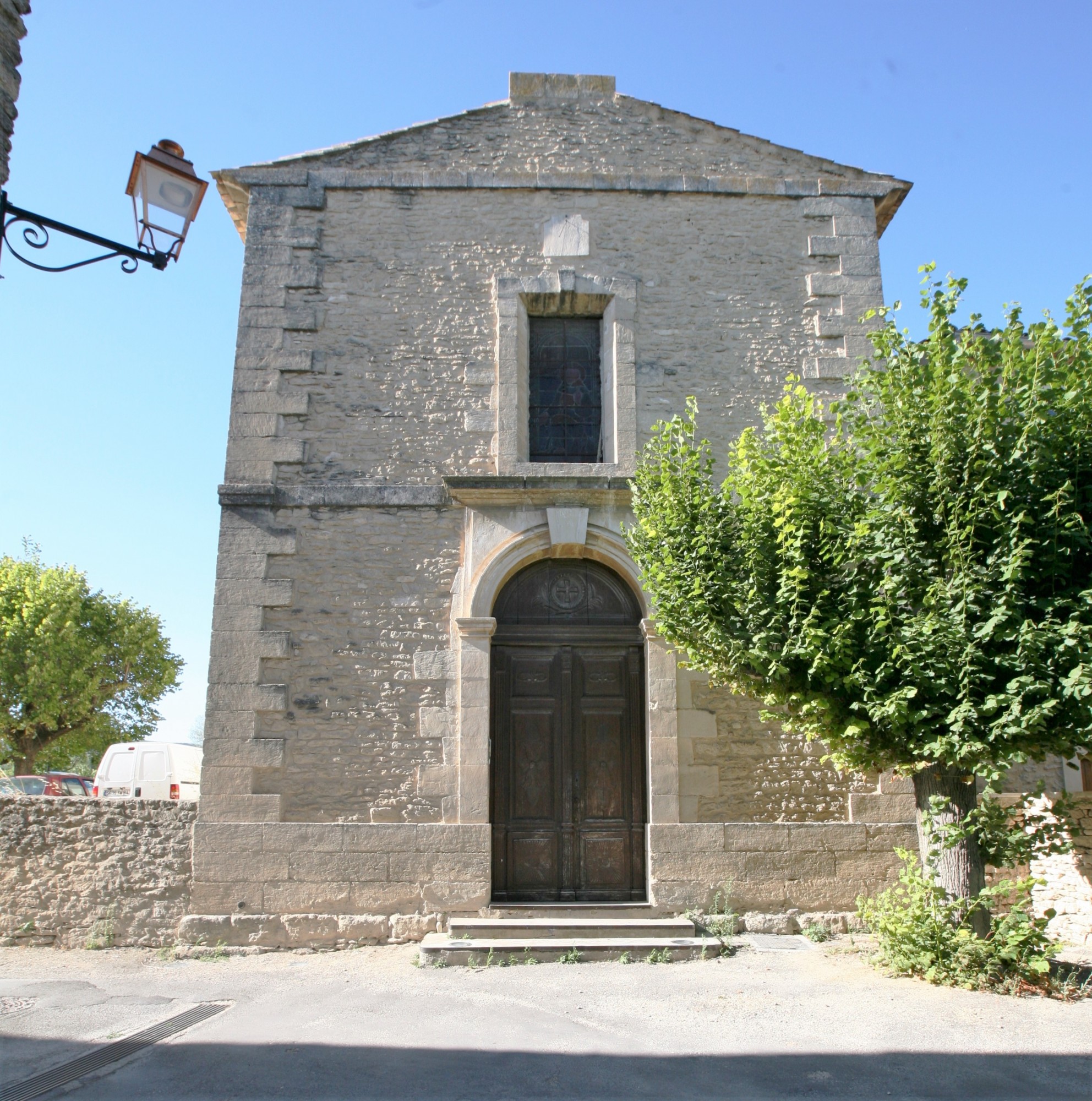
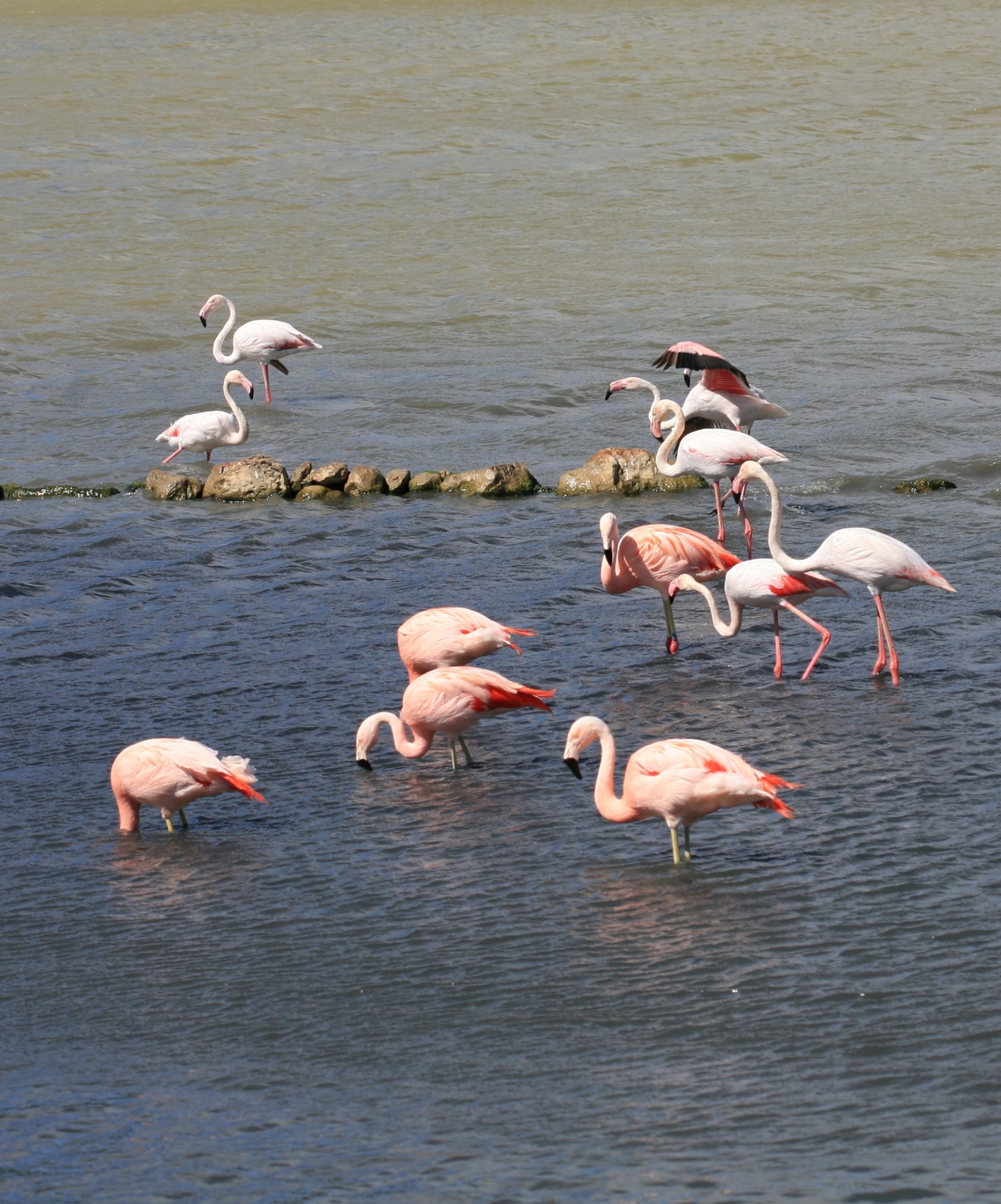
- Rosier Real Estate
- Place du Château
84220 GORDES
France

